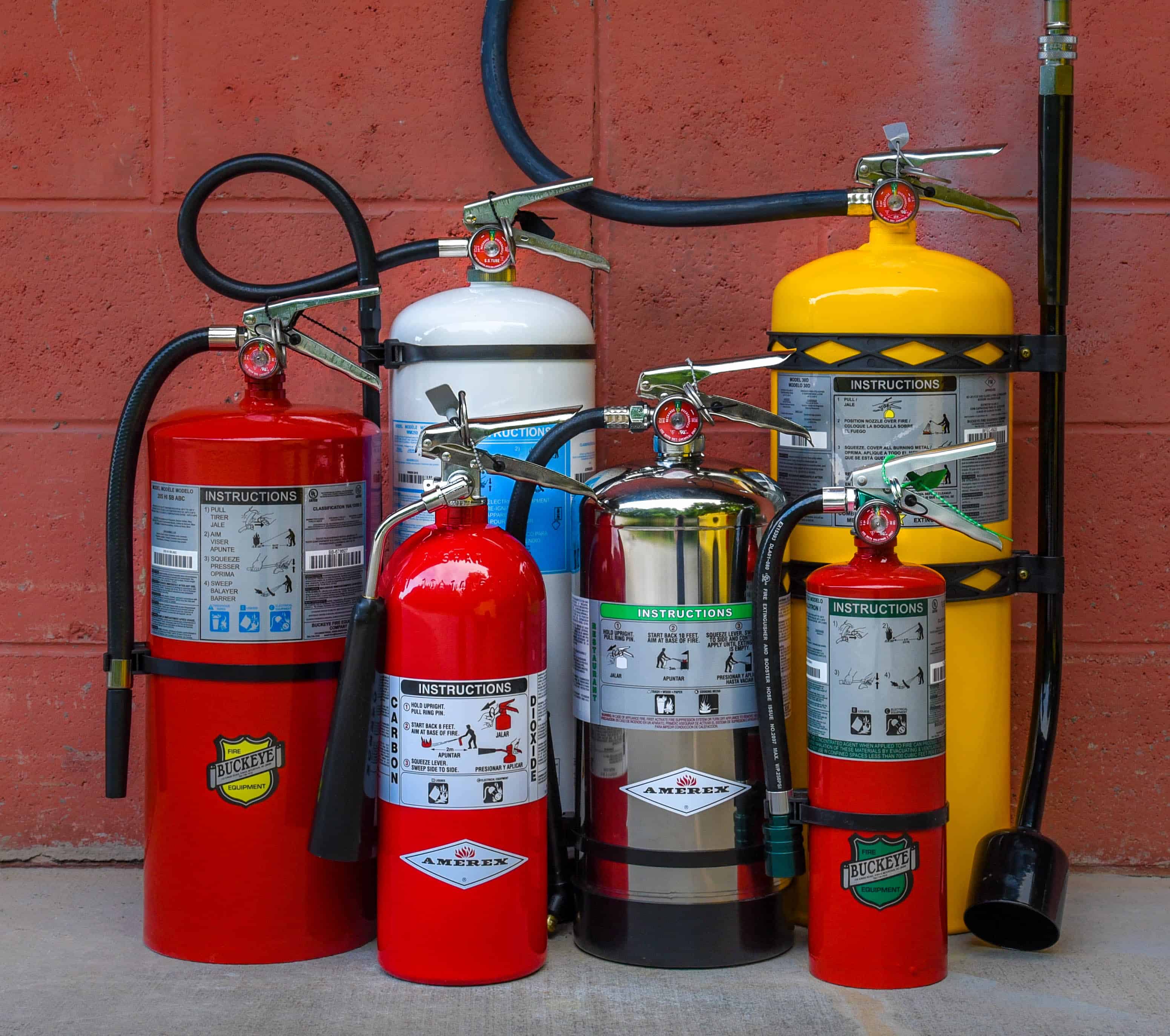“Class” identifies the kinds of fires an extinguisher can put out. School A extinguishers are for use only on normal combustible products such as timber, paper, and cloth. Generally, their charge consists of carbonated water, which is low priced and adequate for the job but rather harmful if applied against fat fires (the pressurized water may distribute the using grease) and electric shoots (the water supply and wetted materials may become electrified, supplying a possibly dangerous shock). Type B extinguishers are for use on flammable fluids, including grease, oil, gas, and other chemicals. Usually their cost consists of powdered salt bicarbonate (baking soda).
Class D extinguishers are for electric fires. Many include dry ammonium phosphate. Some Class D extinguishers include halon fuel, but they’re no further made for residential use due to halon’s undesirable influence on the earth’s ozone layer. Halon extinguishers are encouraged for use around costly digital equipment such as computers and televisions; the gasoline blankets the fireplace, suffocating it, and then evaporates without causing chemical deposit that will damage the equipment. Yet another advantage of halon is so it grows in to hard-to-reach areas and around obstructions, quenching fireplace in places different extinguishers cannot touch.
Many fireplace extinguishers include substances for placing out mixture shoots; in fact, extinguishers classed N:D and actually ARC are more generally readily available for home use than extinguishers designed just for individual kinds of fires. All-purpose ARC extinguishers are often the best option for any household spot; however, T:C extinguishers create grease shoots more successfully (their demand of sodium bicarbonate responds with fats and cooking oil to form a damp foam that smothers the fire) and so should be the first decision in a kitchen.
“Rating” is a dimension of a co2 fire extinguisher performance on confirmed type of fire. The bigger the score, the more effective the extinguisher is contrary to the type of fireplace to that the score is assigned. Actually, the standing program is a bit more complicated: standing numbers given to a Class A extinguisher suggest the estimated gallons of water required to complement the extinguisher’s volume (for example, a 1A ranking shows that the extinguisher operates in addition to about a gallon of water), while figures assigned to School W extinguishers indicate the approximate sq video of fireplace that may be extinguished by an average nonprofessional user. School C extinguishers bring number ratings.
For security on a whole floor of a house, buy a fairly large extinguisher; for instance, a model rated 3A:40B:C. These weigh about twenty pounds and charge around $50. In a home, select a 5B:D system; these weigh around three kilos and cost around $15. For improved kitchen safety, it’s possibly greater to buy two little extinguishers when compared to a single bigger model. Home fires generally start small and are easily treated by a little extinguisher; smaller extinguishers tend to be more manageable than greater kinds, specially in confined spaces; and, because a good partially applied extinguisher must certanly be recharged to prepare it for further use or changed, having numerous small extinguishers makes greater financial sense.
A 5B:C extinguisher can also be a good choice for protecting a garage, where fat and gas shoots are most likely. For workshops, utility rooms, and similar locations, get IA: lOB:C extinguishers. These, also, consider three pounds (some consider as much as five pounds) and charge around $15. In most cases, buy just extinguishers stated by Underwriters Laboratories.
Mount fireplace extinguishers in simple sight on surfaces near doorways and other possible escape routes. Use growing supports built with the objective; these add with extended screws to wall studs and allow extinguishers to be straight away removed. Instead of the plastic brackets that are included with many fireplace extinguishers, consider the stronger maritime brackets permitted by the U.S. Coast Guard. The correct increasing height for extinguishers is between four and five feet above the floor, but install them as high as six legs if necessary to help keep them from the reach of small children. Do not keep fire extinguishers in cabinets or elsewhere out of view; in an urgent situation they’re apt to be overlooked.
Everybody in the household except young kids must exercise utilizing a fireplace extinguisher to learn the strategy in case a fire breaks out. An effective way to achieve this would be to distribute a sizable page of plastic on the ground and utilize it as a test area (the articles of most extinguishers will eliminate lawn and spot pavement). To use a fire extinguisher precisely, stay or kneel six to ten feet from the fireplace together with your back again to the nearest exit.
